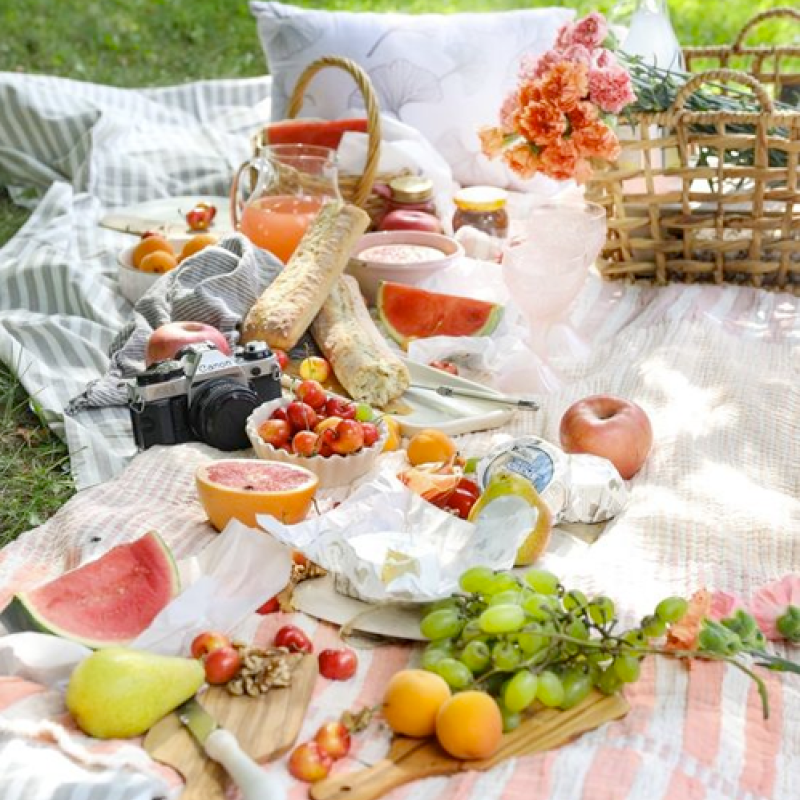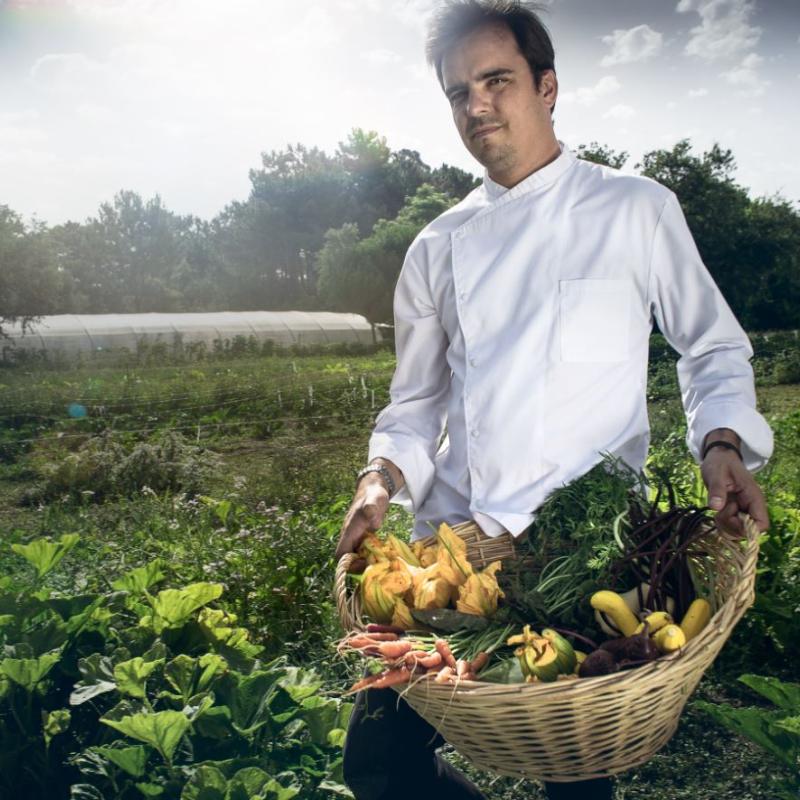Cook & Chef Tips & Tricks
Ten steps to make your picnic 100% sustainable
Friday, 16 June, 2023
When time is on your side, there’s nothing better than eating outdoors. Do you also think food tastes better in nature? Surround yourself with trees, let yourself be wooed by the smell of grass, take in the view of a river... All of this is nutritional in itself.

If you accompany this with a conscious diet, by being careful with what you eat and what surrounds you, it becomes a unique experience. Make your picnics in parks, mountains or beaches environmentally friendly thanks to the steps we propose for making them totally sustainable. Get ready!
- Buy foods that don’t come in unnecessary packaging or plastic trays. Take your own containers and fabric bags to the shops to carry them home in.
- Carefully plan the foods you want to eat and the quantities. If you aren’t going to eat everything you have cooked, the best option is to freeze the leftovers: you will save time and energy.
- Of course, eat local and seasonal foods.
- If possible, go shopping using public transport, walking or by bike. Not using a private vehicle is the best way to protect the planet and doing sport is the best way of looking after yourself.
- Say goodbye to disposable cutlery, plates, napkins and cups. Disposable items are now part of the past. The increase in environmental awareness has turned these old friends of trips and outings into enemies. Prepare your own picnic kit with items you have at home.
- Always take your own flask or water bottle with you. You will be able to ask for your takeaway coffee to be put in the flask and, more importantly, stay hydrated.
- Transport the food in airtight containers. There is no better container to make sure food doesn’t spill thanks to their hermetic closure.
- If you are going to eat a sandwich, wrap it in beeswax paper! Also known as wraps, they are also ideal for preserving products in the fridge and to replace aluminium foil and cling film. They are mouldable, easy to clean, don't absorb smells and most of them come with pretty designs.
- Separate the rubbish you have generated, recycle and compost the organic waste.
- When you leave, make sure the area is left completely clean, remember that the key is not to leave a mark! And if you see that an absent-minded visitor has forgotten to take their rubbish with them during their trip into nature, such as wrappers, cans, cigarette stubs, pick them up and lead by example.
You can carry out all of these steps in any of the five urban parks we mention in the article from the section “On tour through the five continents”. They will ensure your walk is an unforgettable and respectful act.



